Why You Should Consider an Eco-Friendly Passive House
on Feb 19, 2014, Updated Apr 29, 2022
This post may contain affiliate links. Please read our disclosure policy.
It’s important to our family that we live in an eco-friendly home, one that has great indoor air quality and a consistently comfortable temperature. That’s why we built a passive house.
If you’d like to live in the most eco-friendly home there is to build, you need to look into the passive house building concept.
If you’re wondering what the heck is a Passive House, anyway? Here’s your answer, both in video form and written form as well.
What is a Passive House?
The Passive House is not a house, per se. It’s a building concept that originated in Germany and “refers to a rigorous, voluntary, standard for energy efficiency in a building, reducing its ecological footprint. It results in ultra-low energy buildings that require little energy for space heating or cooling.” – Wikipedia.
The first passive house was built in Germany in 1991 and according to Passive House US, in the last 10 years, 15,000 passive structures have been built in Europe. It’s safe to say there are under 100 certified passive houses in the US, though I don’t have an exact number.
What are the benefits of homes built to the Passive House Standard?
Homes built to the Passive House Standard have three main benefits:
- Thermal Comfort – what this means is that the house is uniformly comfortable. There aren’t hot or cold spots; the house is cool in the summer and warm in the winter with few outside influences (like furnaces or air conditioners).
- Superior Indoor Air Quality – lots of attention is focused on indoor air quality in passive homes because there are very few holes in the building envelope. All incoming air passes through cleaning systems and so the air inside passive homes if very clean. They’re great homes for people with allergies!
- Amazing Energy Efficiency – Structures certified to the Passive House Standard use on average 90% less energy than the normally built home!! That’s an amazing energy savings.
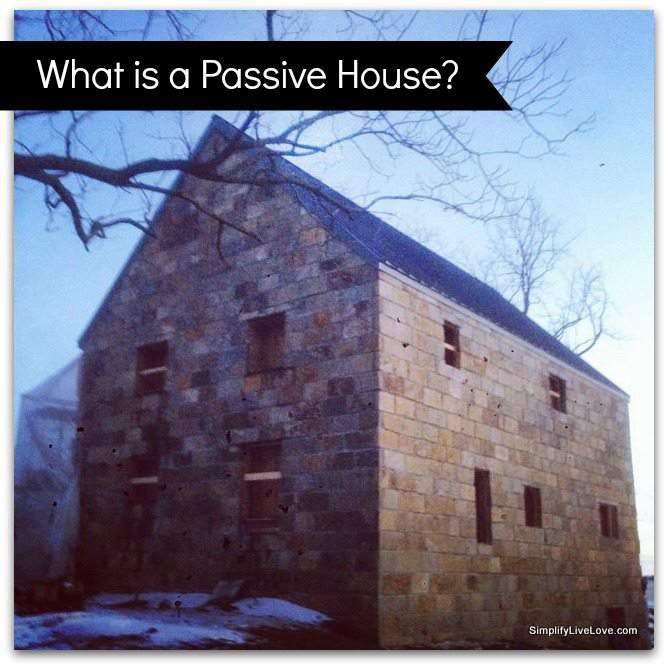
How do Passive Houses Save Energy?
The Passive House Concept seeks to reduce energy consumption of buildings to a level that is globally sustainable – approximately 1/10 of what the average building in existence today consumes! You read the specific performance standards for air tightness, annual heat requirement, and you can request your specific primary energy requirement here.
To achieve such significant energy savings, passive buildings are virtually air-tight, and rely on massive amounts of insulation and heat from solar gains and the activities of the people who live there.
They typically do not have furnaces, but depending on climate, may have a small back-up heating system in place for really, brutally cold days. Because the buildings are so tight, they are mechanically ventilated to insure a continual supply of fresh air to the home.
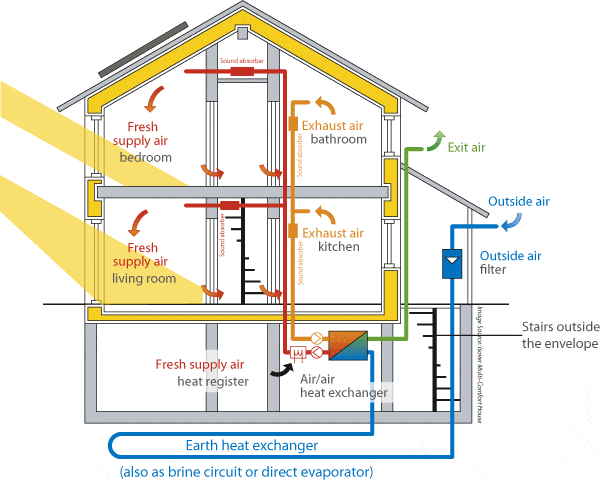
Photo Credit: PHAUS.org
Passive houses are often modern looking buildings.
Passive Houses are often simple structures – square or rectangular in shape – as corners prove difficult to insulate properly and usually result in a lot of flowing air in and out of the building. The typical American home, built with good building practices of 2×6 framed wall, has 5 1/2 inch thick outside walls.
Our Passive House has 17 inch thick outside walls with minimal bridging. Insulation fills almost all 17 of those inches, so you can understand how much insulation can be in a passive house. You can see from the first picture of this post – the one of the stone house – that our house has a very simple shape. Yes, that stone house is OUR passive house! Though it looks quite old, it’s actually brand new construction. We hope to finish construction and move in sometime this fall {hopefully August 2014}.

Windows in the Passive House
Windows and doors are highly energy efficient because they are also sources of massive air flow. A “good” American window has an insulated value (measured in U) of U = .29. Passive House windows typically have U values of .17 or less. That doesn’t sound like a huge difference, but it is.
The Passive House concept is really unique in that it models based on end result. We were able to use a slightly less efficient window (at significant cost savings) by adding an extra inch of insulation to the entire house. Still, our windows perform phenomenally at U = .18.

In general, compared to the standard American window, Passive House windows:
- Provide better insulation
- Close tighter to the walls so they have a better air seal
- Have frames that are better at sealing to the building envelope
- Have triple paned glass {vs double paned American}
- Have two layers filled with argon
- Have a better mechanical locking system when the windows close. Our windows are tilt-turn, for instance. That means they will be gripped and held into place at multiple different locking points on the frame versus not many locking points on normal American windows.

So in a nutshell, the Passive House Concept seeks to reduce the amount of energy consumed by buildings to a sustainable level. Buildings (residential and commercial) accounted for nearly 40% of the total amount of energy consumed in the US in 2012. Something’s got to give, people. We must reduce our dependence on the sources of energy currently at our disposal.
Dan and I are excited to be pioneers in the US Passive House concept and can’t wait to teach people all about! I’ll be sharing more of the story on the blog so subscribe for updates to follow the story!
So tell me, normal people who have asked me what the heck our passive house is, does this make sense to you and do you have a better understanding of the concept now? To see current pictures of the Passive-Aggressive House, head over to Instagram!
For more technical resources, please read:
Stay tuned for more info! I’ll let you know why we decided to build this type of home, how it fits into our grand life plan, and the story of our windows for starters. Quite a funny story getting our windows here from Europe. I also want to introduce you to our building team and share many more pictures – of the stone, the layout, and of course, the finished project!
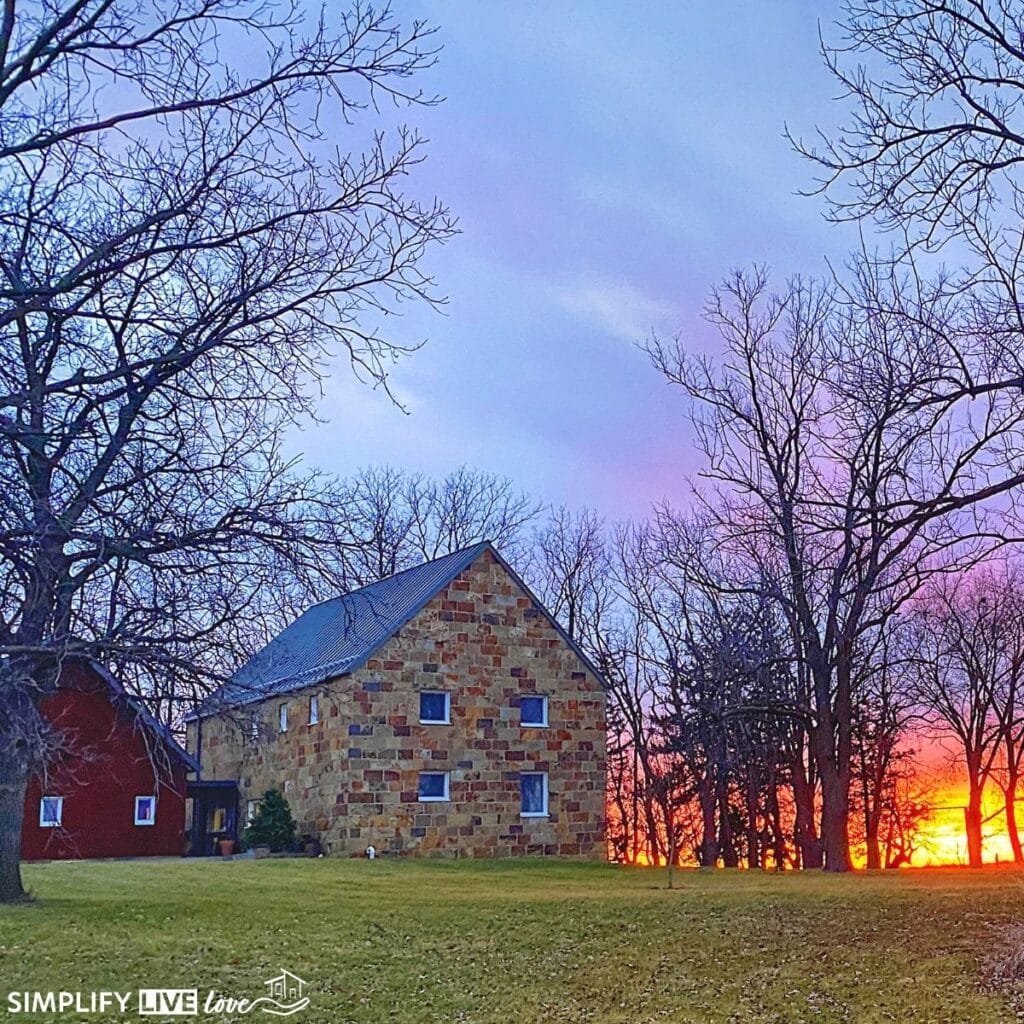
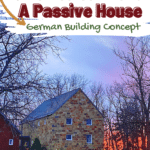

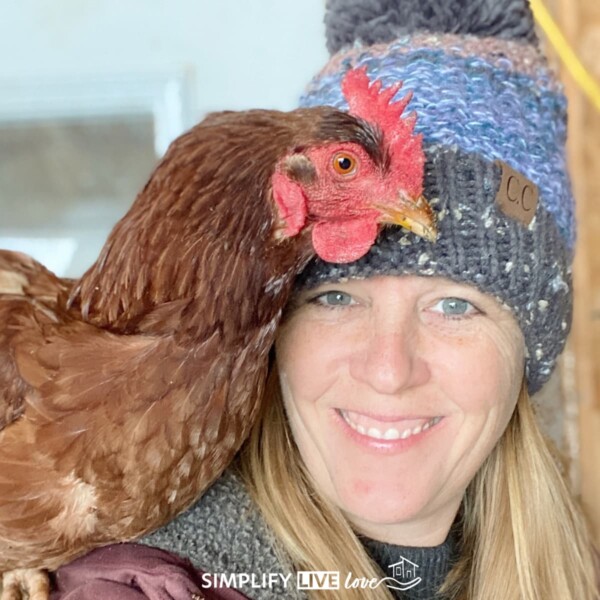











I’m a teacher teacher by day, and part of my job is to teach enrichment students (also called gifted in some parts!), and we do a lot with energy efficiency. My question is, what do you do in this structure? Is it for a business? You don’t live in it, correct?
Thanks!!
Hi Steph! The very first picture of the stone building is the house we are building for our family to live in! The passive house concept can also be applied to commercial settings, but I think most certified passive house buildings are for residential purposes. 🙂
It looks really neat! I would love to build one someday!
Do the windows open? Like on nice days can you open them for fresh air?
Also totally interested in what kind of budget it takes, is it affordable?
I have no idea how that blog post made it into my comment!
It’s a plug-in I have! 🙂 It’s called CommentLuv – if you’re on wordpress, you can see it here: http://comluv.com/
Hi Anna, I’ll be able to speak to budget more knowledgeably after we finish our house – but my husband the home builder thinks it will be about 20% more expensive than a house we would build to Energy Star standards. Considering the lifetime sayings for heating and cooling bills, I don’t think that’s too bad – but we’re not finished building our house yet either. 🙂 I will devote an entire house to budget when we are finished and have a better understanding of the process and costs!
Yes! The windows open. They are the most awesome windows ever. I love them.
Triple glazed windows sound fabulous- here in New Zealand the norm in older house is single glazing, which I have, but the modern houses all still have double glazing. I suppose the weather conditions are less extreme here though! The square houses are also coming into fashion here as well, not so much due to the passive house technology but more so in that they have been designed to stand up to earthquakes better than the modern houses from 5 years ago. We had a very damaging earthquake in February 2011 and a lot of brand new houses had to be demolished, so the standard here now is extremely high. Thank you for sharing this!
Our older homes also have single glazing – energy efficiency is not very common in many US houses, unfortunately! I can imagine that square houses would withstand earthquakes better!!! Thanks for commenting, Lauren!
Now this is one awesome idea. I think it would be a great way to heat the house. Thank you for explaining it I have wondered.
You’re welcome!
This is INCREDIBLY cool, and very interesting – but tell me, is it also not super expensive to build?!
My husband thinks it will be about 20% more expensive to build than a home built to energy star standards. We’ve made some more expensive choices, like the stone exterior instance, but not needing a furnace pays for the extra insulation!
Hi Michelle,
Dan just emailed that you passed your air tightness test, congratulations!
The exterior stonework looks great.
– Nick
Thanks, Nick! Can’t wait to show you the house in person in the fall. <3
I find the concept of passive houses really convenient and sophisticated for this age. Since global warming is already an issue for almost half a century now. But I do have a question, how do you think passive house work for warmer countries such as in East Asia, and countries situated on the Equator?
The model takes local climate into account and designs to it. It should work in warmer countries – the heating / cooling load requirements will just be different.